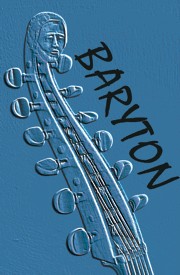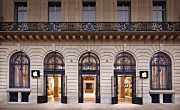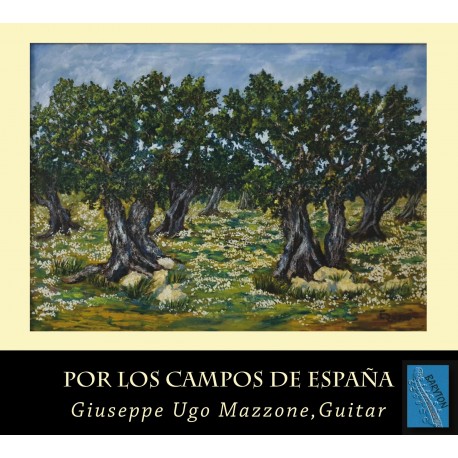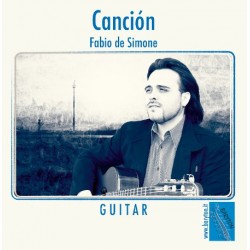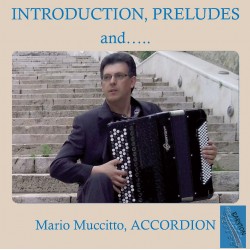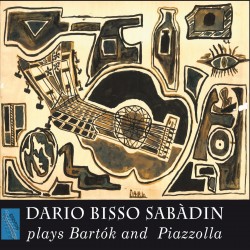No products
Classical Music CDs
Top sellers
-

LUCREZIA..... La figlia del papa Borgia 1480-1519
A journey through his life, narrated in the tradition of cantari...
18,00 € Tasse incluse -

CARNIVALESQUE
SEX, LIES AND... MUSICAL TALES Venice, XVIth century The most...
22,00 € Tasse incluse -

JOSQUIN DESPREZ - In Principio
De labyrintho The subject of the present disc are motets by Joaquin that...
16,00 € Tasse incluse -

UN FIOR GENTILE
The ars nova of magister Antonio Zacara da Teramo (ca. 1365-1416)
15,00 € Tasse incluse -

ALLA FESTA LEGGIADRA
Ballate, madrigali e danze all'epoca di Boccaccio (XIV Sec.)
15,00 € Tasse incluse
Viewed products
-

Por los campos de España
Giuseppe Ugo Mazzone, Guitar
Por los campos de España
CDC0003
New product
Giuseppe Ugo Mazzone, Guitar
340 Items
By buying this product you can collect up to 1 loyalty point. Your cart will total 1 loyalty point that can be converted into a voucher of 0,20 €.
More info
The aim of this recording is to take the audience on a journey through rural Spain between the 19th and the 20th century. The music evokes the Canciones y Danzas of the Iberian Peninsula. In fact, the authors of these compositions are deeply fond of their folklore: most of them are exponents of the National School.
Which instrument is best suited to interpreting them? Obviously the Polifemo de oro, on which this music was born. If we consider the originals for piano or orchestra (tracks no. 3, 6, 8, 10, 13), we note that once transcribed for guitar they revive. Therefore, they can be considered "restorations" rather than adaptations.
The pieces tell about the daily life in a typical rural location of Andalusia. At dawn, when the bells toll, the villager goes to the fields where he works accompanied by the blows of the scythe and the hum around the poppies. He will deliver the harvest to the miller to receive the bread for his family in return. In the afternoon, he enjoys his well- deserved rest in the shade of the olive trees, whistling an old ditty. A fresh breeze blowing from the coastline bears the resin scent of the lush pinewood, which surrounds an ancient watchtower built along the shore for protection from the Arabic pirates. The bays are home to fishermen villages and joyful towns, whose alleys resonate with the superb cante jondo and where girls lose themselves hearing the rhythm of the Seis Cuerdas. At evenfall, the lanterns are lit and the mom rocks the baby by the window, telling bedtime stories.
The educated audience can recognize the effort of “idiomatization” behind this recording, which aims at reproducing the original effect of the instrument, on the borderline between classical and folk music. The choice of synthetic gut treble and silk bass strings - following the guidelines of Pujol in Escuela razonada de la guitara - is meant to replicate the timbre of the Torres guitars.
Giuseppe Ugo Mazzone
Reviews
No customer reviews for the moment.
3 other products in the same category:

